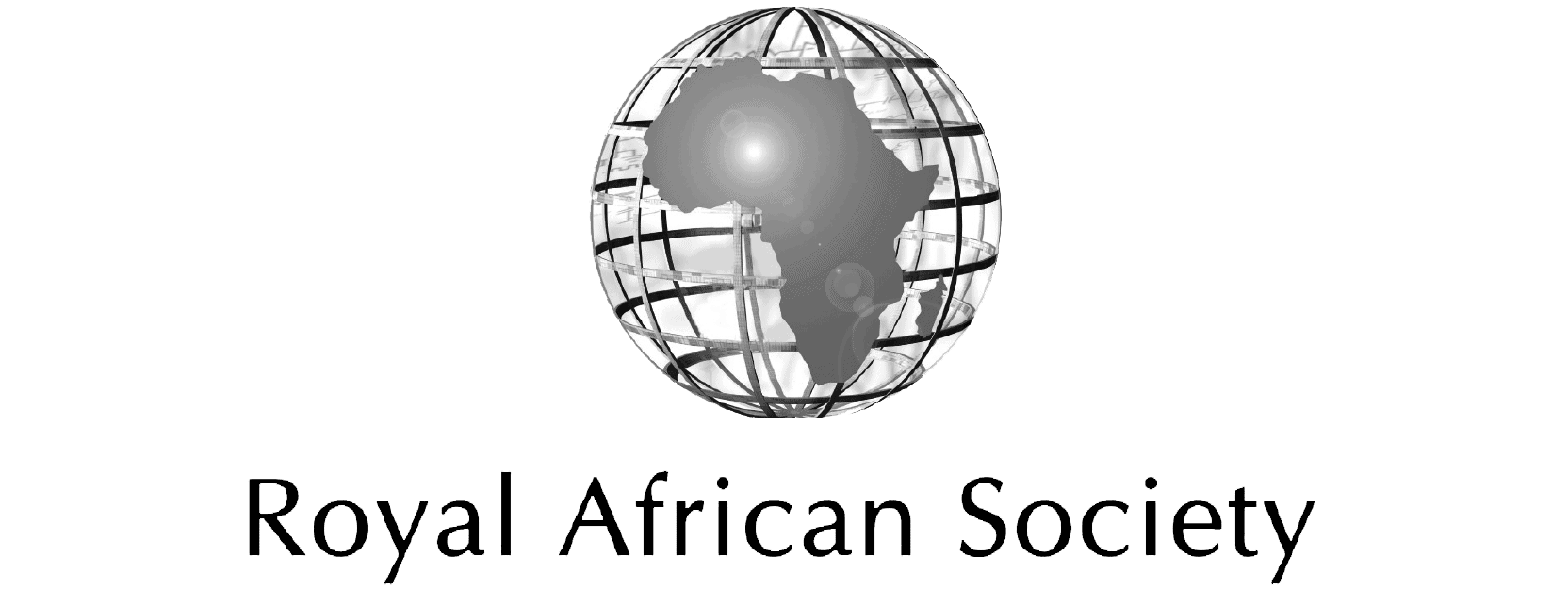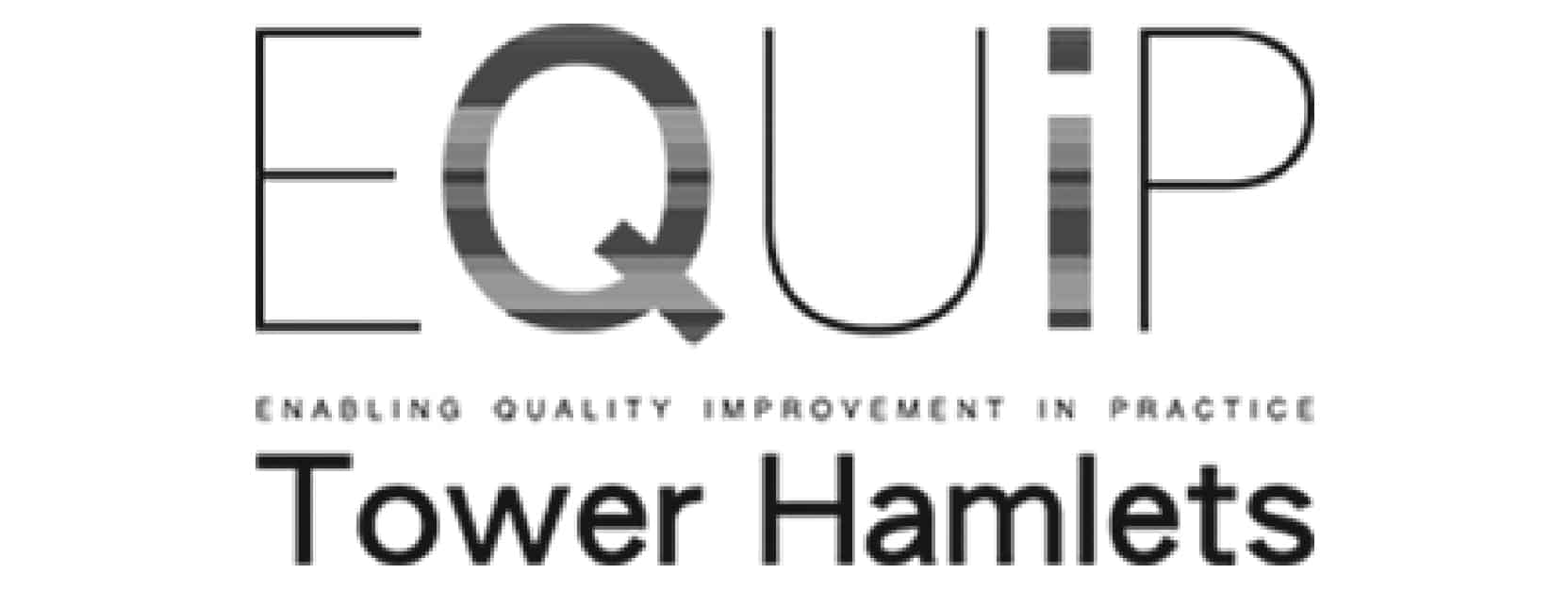Is Your Team Destined to Fail?

Is Your Team Destined to Fail?
You be the judge. Neuroscience teaches us that the human brain is a social brain. We are motivated by relationships, communication and collaboration.
However, a lot of us are also motivated by status. In most organisations, ‘survival of the fittest’ still plays a dominant role – more so in recent years with the widespread job insecurity, waves of redundancies and associated periods of unemployment.
I often come across teams with a selection of highly talented individuals who struggle to translate their individual high-performance into bottom-line results and organisational success. They work in environments that foster intense competition at the expense of relationship building and collaborative working. There are unspoken rules regarding “how things are done around here” – rules that promote silo-ed working, withholding information, unhealthy competition etc.
There is typically a lack of shared vision, limited sense of camaraderie, and collaboration is non-existent. Toxic behaviours like stonewalling (a refusal to communicate or cooperate) is the norm in these teams.
Prioritising competition lowers collaboration and undercuts social connection.
Unfortunately, talent development, performance management, recognition and reward practices in most corporations are still geared towards individual achievement – promoting unhealthy competition, encouraging social exclusion and discouraging collaboration.
Interestingly, research by Naomi Eisenberger shows that social rejection elicits the same reaction in the brain as physical pain. We feel threatened when excluded and this can trigger our threat response leading to anxiety and stress. It is no surprise that if left unchecked, these teams start to report an increasing number of sickness absence, stress, burnout and staff attrition.
Is a team without a shared vision and collaboration truly a team?
Jon Katzenbach and Douglas Smith, authors of The Wisdom of Teams (1993) identified different types of teams, including:
- Pseudo-team: This is a group for which there could be a significant, incremental performance need or opportunity, but it has not focused on collective performance and is not really trying to achieve it. It has no interest in shaping a common purpose or set of performance goals, even though it may call itself a team. Pseudo teams are the weakest of all groups in terms of performance impact.
- Real Team: This is a small number of people with complementary skills who are equally committed to a common purpose, goals, and working approach for which the hold themselves mutually accountable.
- High Performance Team: This is a group that meets all the conditions of real teams, and has members who are also deeply committed to each other’s personal growth and success. That commitment usually transcends the team. The high performance team significantly outperforms all other like teams, and outperforms all reasonable expectations given its membership.”
If you are a team leader – ask yourself; which one sounds like my team?
There is no better time than the start of the year to focus on creating the team that is right for your organisation.
Six Steps for Building a High-performance Team
- Set team goals: This is the first step towards creating a team spirit. By agreeing and committing to team goals, individuals and managers can ensure that their individual objectives reflect the contribution that they need to make to enable the team to succeed.
- Help your team develop and foster a group identity so they can strive for team success: High-performance teams recognise that commitment to one another is key to success.
Never doubt that a small group of thoughtful, committed citizens can change the world; indeed, it’s the only thing that ever has. – Margaret Mead
- Focus on strengthening relationships and building trust among team members: Strong relationships and trust are fundamental for collaboration. Dedicate some time to assessing and working on your team dynamics. Get this right and you can reap the benefits of shared best practices, a wider range of ideas through group discussions, better use of resources, more creativity, innovation etc.
- Implement a collaboration and teamwork reward system. Set a reward for individuals in recognition of outstanding collaboration and teamwork. This will also create an incentive for lone rangers to join in.
- Promote healthy competition: Rather than with one another, keep the focus on competing with other teams and your competitors. Start small and make it fun. Consider intra-company competitions such as dragon-boat racing, quiz nights, treasure hunts etc.
- Review your leadership style and model collaboration: Where necessary, learn to shift from the command-and-control leadership style to a collaborative leadership approach. Show trust. Share information and knowledge. Pay attention to what is needed and be open to influence.
Over to you
If you lead a high-performing team, what additional tips do you have for building one? On the other hand, if you would like to discuss challenges specific to your team, get in touch for an informal chat about how we can help you.























